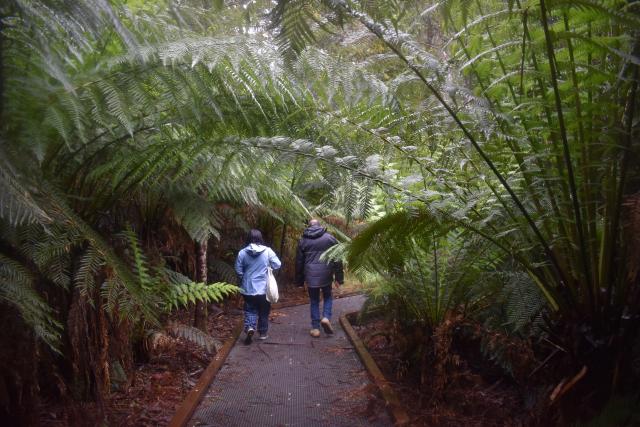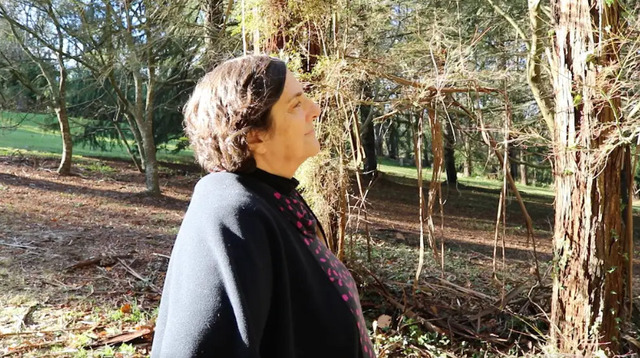Victorians are being reminded to protect themselves and their loved ones from the risk of epidemic thunderstorm asthma by using the state’s world-class risk forecasting system this grass pollen season.
Grass pollen season, which typically runs from the start of October until the end of December, brings with it a seasonal increase in asthma and hay fever – and the chance of thunderstorm asthma.
Epidemic thunderstorm asthma occurs when many people develop asthma symptoms over a short time caused by high amounts of grass pollen and a certain type of thunderstorm.
Victoria’s Chief Health Officer Dr Clare Looker said now’s the time to get on top of your asthma action plan or hay fever treatment plan, learn asthma first aid and monitor the epidemic thunderstorm asthma risk forecast throughout grass pollen season.
“Our epidemic thunderstorm asthma forecasting and warning system means Victorians have the information they need to stay safe this grass pollen season,“ she said.
Victoria’s forecasting system, which is operating from October 1 until 31 December, enables people who have asthma or seasonal hay fever – and who are at risk – to plan ahead and reduce their risk.
The forecasting system, launched in 2017, gives a three-day forecast showing the risk of this type of event, from low (green), moderate (orange) to high (red) risk, across the nine Victorian weather districts.
The epidemic thunderstorm asthma risk forecast is available daily through the VicEmergency website and app, and community members can set up a watch zone to receive advice and warnings for their area.
The forecast is also on health.vic.gov.au and the Melbourne Pollen website and app.
Senior Meteorologist at the Bureau of Meteorology Mr Keris Arndt said epidemic thunderstorm asthma events may happen when certain atmospheric conditions occur on a high grass pollen day.
“The best advice is to take precautions ahead of time and keep up to date with the weather forecast and the epidemic thunderstorm asthma risk forecast issued daily by the Victorian Department of Health,“ he said.
“Predicting the likelihood of storm days in Victoria is extremely difficult more than a few days in advance.
Melbourne experienced the world’s largest epidemic thunderstorm asthma event on 21 November 2016, which resulted in 10 tragic deaths and thousands of people developing breathing difficulties in a very short time.
National Asthma Council Australia Director and respiratory physician Professor Peter Wark said the best defence that Victorians with seasonal hay fever or asthma can have as they head into thunderstorm asthma season is good day-to-day control of their conditions, so keep taking your preventer medication as prescribed by your doctor.
“A blue reliever inhaler does not stop the inflammation that causes asthma and will not prevent an asthma attack.
“Now is the time to check in with your GP to review your asthma plan and know what to do during a spring thunderstorm or asthma emergency,“ he said.
On high-risk forecast days, Victorians with asthma or spring hay fever can reduce their risk by avoiding storms, particularly the wind gusts that come before them.
They should go indoors to reduce the chance of exposure, close windows and doors, and turn off air conditioners bringing air in from outside.
The current outlook is for an average grass pollen season for Victoria this year.
Those at risk should still ensure they take any prescribed medication as directed and follow their asthma action plan or use asthma first aid if they experience symptoms.
Dr Edwin Lampugnani from Melbourne Pollen said Melbourne Pollen works closely with the Bureau of Meteorology and the Victorian Department of Health to provide timely and accurate information on pollen levels to help Victorians better manage their respiratory health.
“Our forecasts are powered by data from a network of eight pollen monitoring sites strategically positioned across Victoria.
“This wide coverage and rich data stream allows us to generate accurate, location-specific grass pollen forecasts,“ they said.
For more information on thunderstorm asthma and asthma first aid, visit the Better Health Channel.







